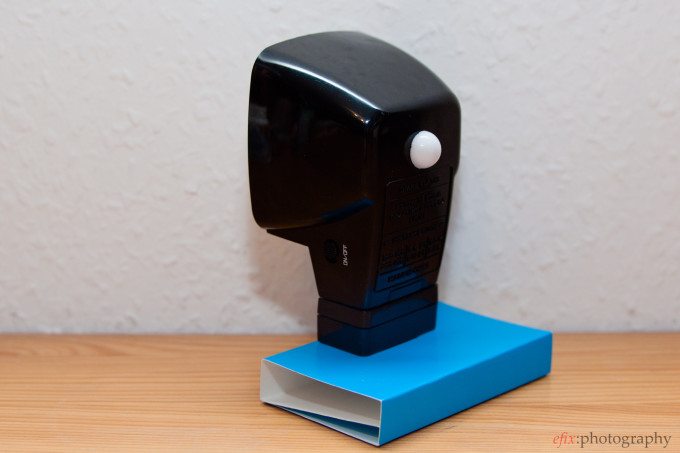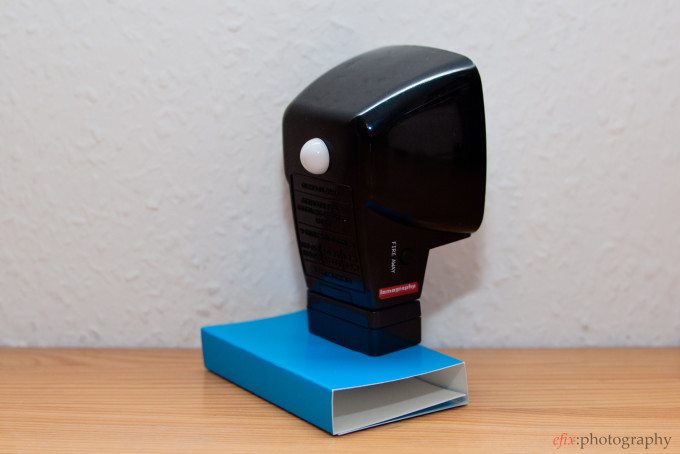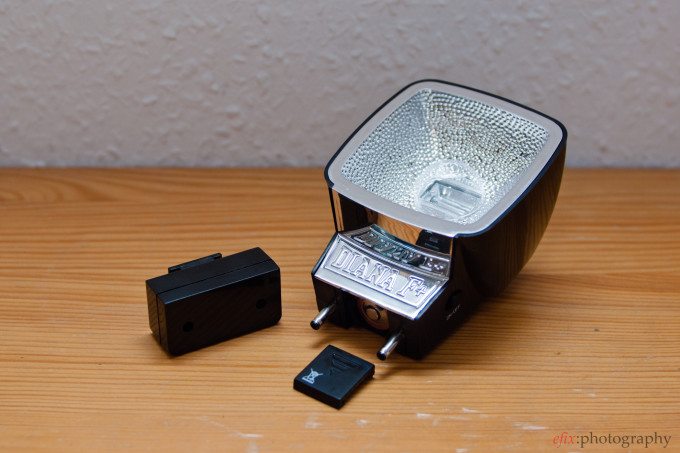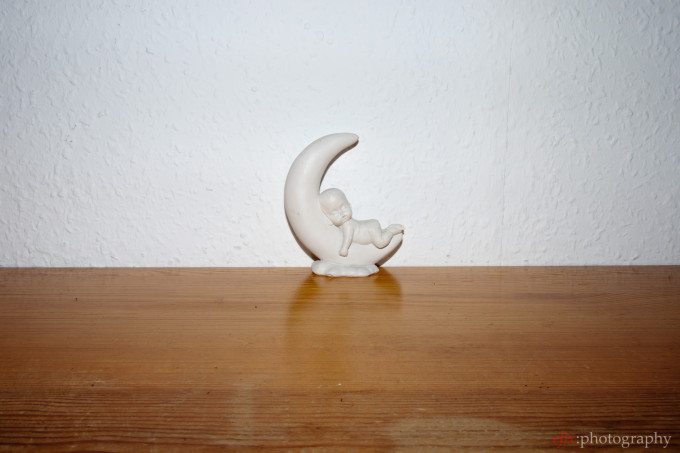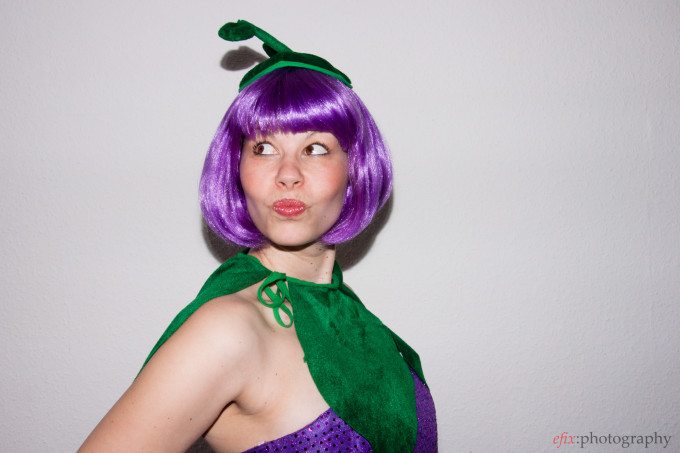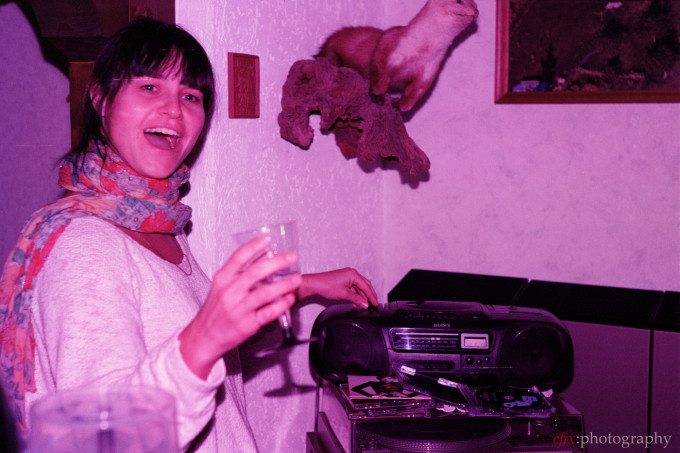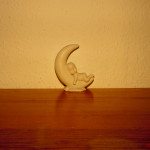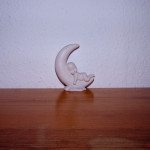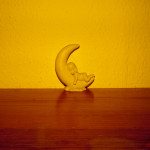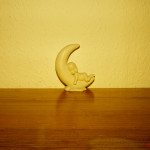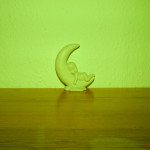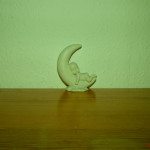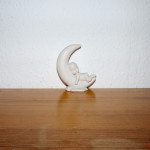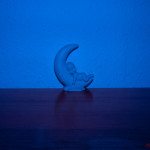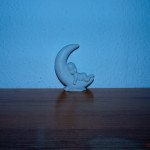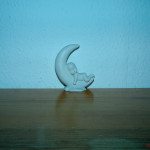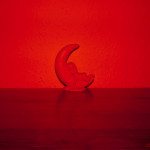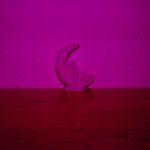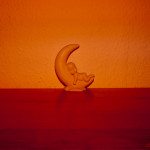As much as the Diana F+ is Lomography’s idea of an artsy and hip yet unmistakably serious and powerful medium-format film camera, the Diana Flash+ is Lomography’s idea of the ideal lighting equipment to go with it. And in just the same way that the Diana F+ is simplisticly retro styled and features only the most basic shooting options, these qualifications also hold true for the Diana Flash+. Its purpose is one, and only one: to hit you with a “dazzling burst of light”.
Pros and Cons
Pros:
- Incredibly straighforward and simple to operate.
- Quite small so it easily fits in your bag.
- It does its job.
Cons:
- No way of regulating output.
- Standard diffusers won’t fit.
- Makes quite a lot of noise both when it loads and when it fires.
Gear Used
- Olympus E-P1 digital camera (buy from Amazon)
- Panasonic Lumix 20mm f/1.7 lens (buy from Adorama)
- SLR Magic 35mm T1.4 lens for Micro Four Thirds (buy from Adorama)
- Lomography Diana Flash+ (buy from Adorama)
Special thanks goes to the Lomography Store in Berlin, Germany, for providing the Diana Flash+ review unit.
Tech Specs
Believe it or not, Lomography didn’t even bother to put any tech specs on the Diana Flash+ page. It’s that simple.
Ergonomics
On the front there’s the actual light bulb hidden behind a small translucent plastic hemisphere that takes up the color gels that come with the flash (more on those later.) All of this is surrounded by a moderately sized, silver colored reflective dome that directs the light towards the subject. Below this, it says “Diana F+”, as if to make it abundantly clear with which camera it is supposed to be used.
On the lower left is the on/off switch. The top of the back is dominated by another hemisphere, this time in white and looking like an integrating sphere of a light meter. Actually, it turns red when the circuits powering the flash are fully charged, indicating that it is now ready to fire. Below that is a small table giving instructions on how to use it (“Activate for a dazzling burst of light”) as well as a rough distance guide.
On the lower right is a button labeled “fire away”–any other speedlight would read “test”, but well, this is Lomography you know. Which is unmistakably clarified by the white-on-red “lomography” decal right below the test–sorry, “fire away”–button.
The lower portion of the flash including the hot shoe mount can be separated to access the battery compartment. There’s another small cap holding the battery in place, since the two rods extending from the flash are actually used to connect it to a Diana F+ camera.
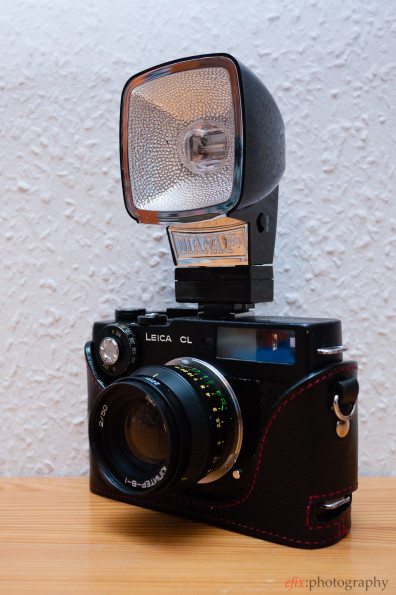
Build Quality
The Diana Flash+ is made of plastic, but it does not feel cheap. The buttons need just the right amount of force to be actuated, as do the detachable hot shoe mount and battery compartment cap to be removed. I’ve used the little Diana Flash+ quite a lot in the past weeks and never had any fear of breaking it. It seems to be built quite solidly, despite its very decent price tag.
Ease of Use
The Diana Flash+ is probably the most simplistic and straightforward flash I’ve ever come across. Besides the on/off switch and test button, there are no other mechanical parts. It cannot be tilted, its output cannot be regulated, there’s no fixture for a diffuser. Only two slits on each side of the dome covering the flash bulb that the gels can be slid through. All you have to do is put it on your camera, activate it, wait until the red light on its back is fully illuminated and the circuits are squeaking, and you’re ready to go.
The only thing that takes some time to get used to is how it behaves in terms of output. Since it cannot be regulated, it always fires away with all the power it’s got–which is quite a lot when you’re close up, and very little when you’re further away than, say, three meters (12 ft.) So especially when you’re not always the same distance from your subject during a shoot, this means a constant adjustment of either ISO (if you’re shooting digital) or the aperture (provided your lens has got an adjustable one.).
Image Quality
The output of the Diana Flash+ is very strong and bright in the center, while quickly becoming weaker towards the edges. This causes a pronounced vignetting effect in the pictures that is observable even with the lens stopped down significantly (which is how we can rule out that it’s the lens causing the vignetting.). This effect can be used creatively in order to pronounce the subject, but it may not be desirable in situations where a more consistent illumination of the scene is required. Then again, that is probably not what the Diana Flash+ was made for.
The characteristics of the Diana Flash+ are evident in the picture above. While the crescent figurine and the wall directly behind it are almost overexposed in the brightest parts, the corners are almost underexposed. Mind though that this picture was shot with a 40mm-equivalent lens, so the vignetting might not be as evident with a longer lens and a more cropped view.
Since the Diana Flash+ lacks any form of diffusor in front of the flash bulb, its lighting is very harsh, especially when used close up. This effect can actually be desired, though, and worked pretty nicely for me during a fashion shoot as you can see in the picture below.
Despite emitting a very harsh light, the Diana Flash+ is not overly bright. Usually my wife can’t stand when I use a flash when she’s around (“MY EEEEEYES!”), but she was perfectly comfortable with the Diana Flash+. As was my son when I took the image below.
This was shot on film (Kodak Portra 160, to be precise), and here the Diana Flash+ works even more favorably due to negative film’s very different tonal response as compared to digital. Highlights won’t clip as easily when shooting film, which is why in the picture above there are no overexposed parts even though I was pretty close up.
What makes the Diana Flash+ especially interesting, though, are the color gels that come with it. The Diana Flash+ ships with a number of differntly colored gel strips ranging from bright yellow to deep purple, which can be slid unter the translucent dome covering the flash bulb. This way, the flash emits a colored burst of light to achieve an interesting effect.
The picture above was taken at a friend’s birthday party. She specifically asked for a purple color gel to be used. As a result, the whole scene is covered in a purple tint. The less ambient light, the stronger the effect will be. In the gallery below you can find a sample shot taken with each color gel the Diana Flash+ comes with. When you compare to the picture of the crescent figurine above, you get any idea of how much light is lost when using of each gel.
Conclusions
The Diana Flash+ is a specialty flash. It’s very basic and limited in its functionality, which is both good and bad. Good in the sense that you don’t have to think much about what you’re doing–just activate it and fire away. Bad in the sense that you can’t regulate its output at all, nor can the flash be tilted to bounce it off the ceilig, a wall or a reflector. Made to accompany the Diana F+ camera, the Flash+ is just as lo-fi as said medium-format film camera. And that’s exactly what it’s meant to be: an affordable lighting solution to achieve a specific look.
Personally, I found the Diana Flash+ to be a great addition to my film cameras, since on film the effect of its harsh light won’t easily cause overexposed highlights. Since its output is fixed, I know how much to close down the lens’ aperture depending on the ISO rating of the film I use. It works great in situations like the fashion shoot above, where harsh light is acutally desired. I probably wouldn’t use it for product shots, though; that’s a situation where I like to rely on a proper electronic TTL flash.
A nice gimmick are the color gels that come with it, though I have to admit that I hardly used them. I could imagine, though, that those are a lot of fun during parties or other kinds of social gatherings. Additionally, the gels can be used to overlay an otherwise already properly illuminated scene with just a slight color tint; e.g. to achieve a slightly warmer or slightly cooler overall color balance.
All in all, the Dianal Flash+ is an affordable, lo-fi product that despite its obvious limitations can be used even for more ambitious projects, provided the user is familiar with its characteristics and understands how to deliberately make use of them.
Please Support The Phoblographer
We love to bring you guys the latest and greatest news and gear related stuff. However, we can’t keep doing that unless we have your continued support. If you would like to purchase any of the items mentioned, please do so by clicking our links first and then purchasing the items as we then get a small portion of the sale to help run the website.




